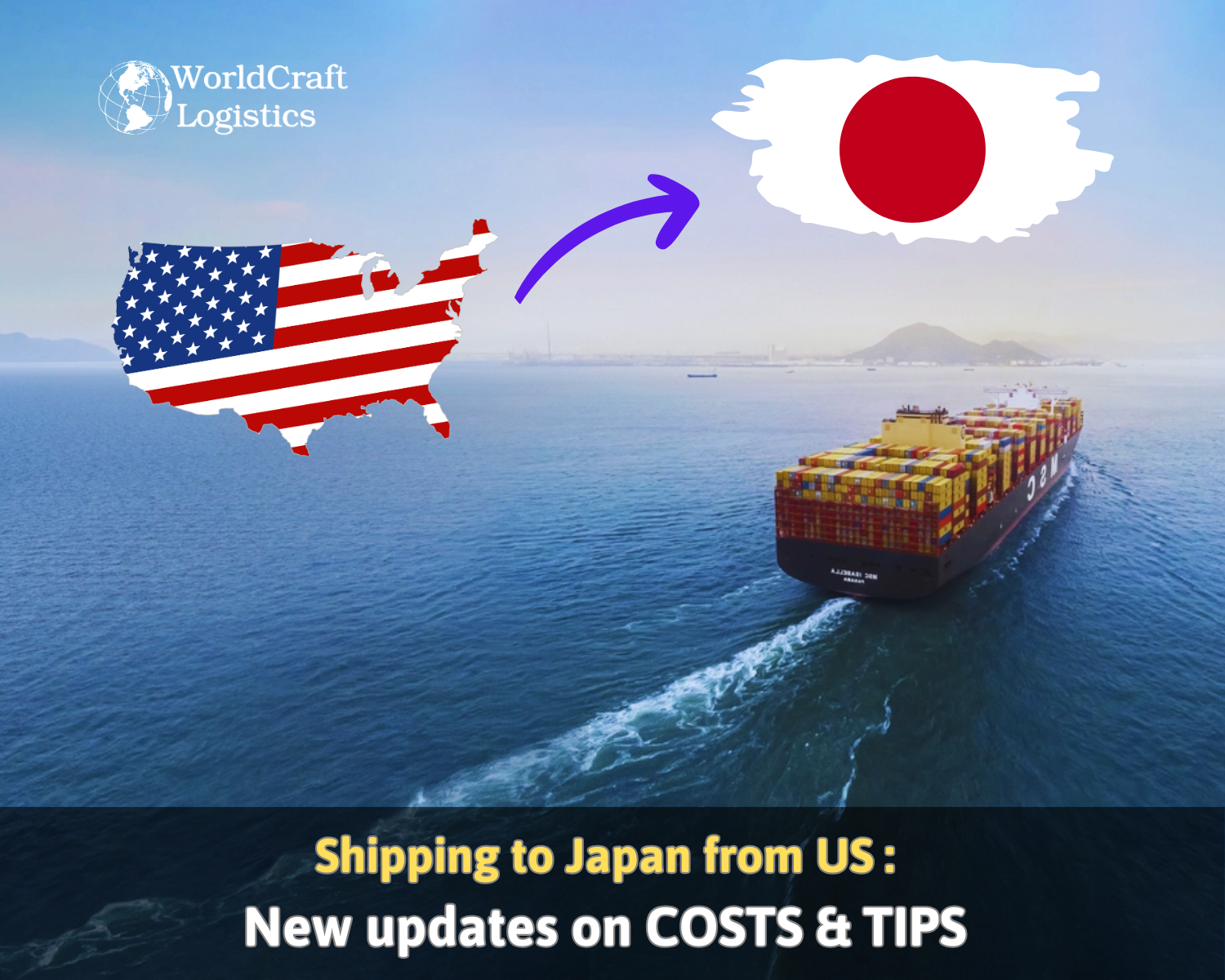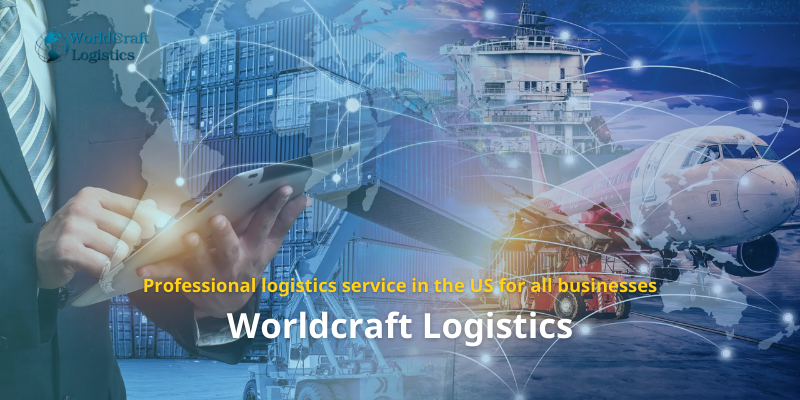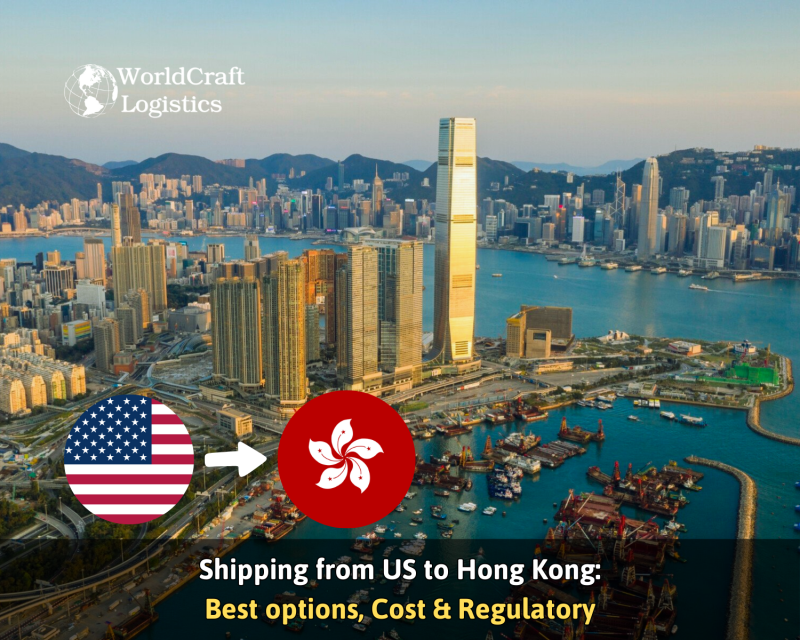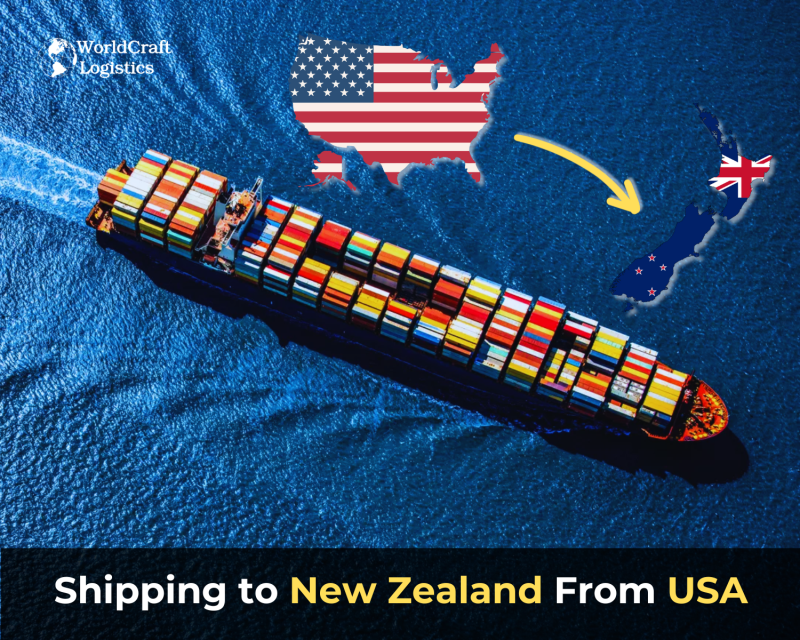
Starting June 1st, 2023 Our warehouse fee will be $0.65/cubic foot per month
In effort to lower the warehouse storage fee during inflation, we have went narrow aisle racking.This construction took us four months but the project is finally completed. With narrow aisle racking, we are able to drop storage by 24%.We as partners will go through this inflation together.
07/07/2025
Shipping from Asia to Europe plays a critical role in global trade, linking major manufacturing hubs with key European markets. As freight rates and transit times continue to shift in 2025, businesses need clear insights to choose the most cost-effective and reliable shipping solutions. This guide covers the latest costs, routes, transit options, and strategies for optimizing your Asia–Europe shipments.
The Asia to Europe shipping route follows some of the busiest and most strategic trade lanes in the world. Most sea freight moves from major Asian ports like Shanghai, Shenzhen, and Singapore, passing through the South China Sea, Indian Ocean, and the Suez Canal, before arriving at key European ports such as Rotterdam, Hamburg, and Antwerp.
For businesses seeking faster alternatives, the China–Europe rail freight corridor has gained popularity. This route typically runs through Central Asia via countries like Kazakhstan and Russia, connecting cities such as Xi’an or Chongqing in China to European hubs like Duisburg or Warsaw.
Whether by sea or rail, choosing the right route depends on your cargo type, delivery timeline, and budget. All of which are influenced by seasonal demand, geopolitical factors, and port congestion.
Shipping from Asia to Europe involves multiple stages, starting from the point of origin in Asia to the final delivery point in Europe. The process typically follows this flow:
#1 - Export Handling – Goods are prepared at the supplier’s warehouse and transported to the port of departure.
#2 - Freight Booking – A freight forwarder books space with a carrier (ocean, rail, or air) and handles documentation.
#3 - Main Transit – Cargo is shipped via the chosen mode:
#4 - Import Customs Clearance – Once the shipment arrives in Europe, it undergoes customs inspection and clearance.
#5 - Final Delivery – The goods are transported from the port or terminal to the customer’s warehouse or distribution center.
Partnering with an experienced logistics provider can streamline this process and ensure compliance with both Asian export and European import regulations.
Understanding shipping costs from Asia to Europe is essential for accurate budgeting and supply chain planning. In 2025, rate dynamics have shifted notably between major trade lanes and Asia–Europe shipping is taking the spotlight.
While transpacific freight rates have softened, Asia–Europe shipping cost forecasts point to steady increases. Recent data shows:
Drewry WCI: Up 8% to $3,468 per 40ft container, overtaking the Shanghai–Los Angeles route for the first time since December 2024.
Xeneta XSI: Up 17% to $3,354, marking a four-week upward streak.
Industry experts attribute this trend to tighter capacity control. According to Jérôme de Ricqlès of Upply, ocean carriers have implemented blank sailings and strategically redeployed vessels away from the Asia–Europe lane. This has reduced available capacity, preserving a strong demand-to-supply balance.
“We’re not seeing explosive growth – it’s more about stability,” said de Ricqlès. “Asia–Europe is holding its ground, unlike transpacific lanes where demand was overestimated.”
As a result, Freight All Kinds (FAK) rates have surged to $3,900–$4,100 per 40ft container as of July 1, 2025.
FCL (Full Container Load): $4,000 – $7,000 per 40ft container
LCL (Less than Container Load): $80 – $120 per CBM
Rail Freight (China to Europe): 30–50% more than sea freight, but faster
Air Freight: $5 – $10+ per kg depending on urgency and route
Fuel surcharges and carrier GRIs (General Rate Increases)
Port congestion and equipment shortages
Peak season surcharges and demand spikes
Trade disruptions or rerouting (e.g. Red Sea or Suez delays)
The Asia–Europe shipping cost forecast shows continued pressure on rates into late 2025, especially during the pre-holiday peak. Businesses are advised to lock in rates early or work with logistics providers to secure capacity at stable prices.
*Tip: Use digital freight platforms to compare real-time shipping rates from Asia to Europe and track market trends.
Transit time is a key factor when planning your Asia–Europe shipping strategy. Depending on the mode of transport, shipping from Asia to Europe can take anywhere from a few days to several weeks.
Sea Freight (FCL/LCL):
25–40 days, depending on origin/destination ports and route
Delays may occur due to port congestion or weather disruptions
Rail Freight (China to Europe):
14–20 days
Faster than sea, with stable scheduling on China–Europe corridors
Air Freight:
2–7 days
Best for urgent, high-value shipments, but significantly more expensive
Port congestion (especially during peak season)
Customs clearance delays at origin or destination
Carrier schedules and blank sailings
Rerouting due to geopolitical risks (e.g. Red Sea detours)
Choosing the right balance between cost and delivery speed is crucial. For many businesses, rail freight from Asia to Europe offers an ideal middle ground between ocean freight and air.
Shipping Method | Transit Time | Cost Level | Best For | Pros | Cons |
Ocean Freight (FCL) | 25–40 days | ★ (Low) | Bulk cargo, full container loads | Cost-efficient, high volume capacity | Slow, port congestion possible |
Ocean Freight (LCL) | 30–45 days | ★★ (Moderate) | Small-to-medium shipments | Affordable for smaller loads, widely available | Shared container space, longer transit |
Rail Freight | 14–20 days | ★★☆ (Moderate–High) | Mid-size cargo, time-sensitive delivery | Faster than sea, stable schedules | Route limitations, higher cost than ocean |
Air Freight | 2–7 days | ★★★★ (High) | Urgent or high-value goods | Fastest option, reliable for critical shipments | Most expensive, weight limitations |
Multimodal (Sea–Rail) | 18–30 days | ★★☆ (Varies) | Flexible timelines and cost management | Balanced cost and speed, flexible route planning | Complex coordination, dependent on good 3PLs |
*This table helps readers quickly compare Asia–Europe shipping options and decide what works best for their business needs.
No matter how fast or cost-effective your shipment is, everything can come to a halt at customs. For smooth Asia–Europe shipping, proper documentation and compliance with European import rules are essential.
What Documents Do You Need?
To clear goods through European customs, you’ll typically need:
A commercial invoice with clear product descriptions, HS codes, and declared value
A packing list showing the contents, weight, and dimensions
A bill of lading (for ocean freight) or airway bill (for air freight)
An EORI number (Economic Operators Registration and Identification) — mandatory for all EU importers
A certificate of origin, depending on the product and trade agreement
Import licenses, if you're shipping restricted or controlled items
Duties, VAT, and Common Pitfalls
Most goods imported into the EU are subject to import duties and VAT, calculated based on the product classification and value
VAT rates vary by country but generally range from 20–25%
Misclassifying items or using vague HS codes can trigger inspections or delays
Your chosen Incoterm (like FOB or DDP) determines who’s responsible for customs clearance and fees
*Tip: Working with an experienced freight forwarder or customs broker can save time and prevent costly mistakes when shipping from Asia to Europe.
Whether you're shipping a few pallets or managing regular container loads, working with the right logistics provider can make or break your Asia–Europe shipping operation. A strong partner helps you navigate customs, secure the best routes, and avoid costly delays.
Experience with Asia–Europe trade lanes: They should understand the complexities of this corridor, from sailing schedules to regulatory requirements in both regions.
Delays, compliance errors, or poor coordination can lead to missed delivery windows and unhappy customers. A trusted 3PL or freight forwarder ensures your goods move efficiently from the factory floor in Asia to the final destination in Europe with fewer headaches along the way.
Consider working with a provider like Worldcraft Logistics, which specializes in Asia–Europe shipping solutions tailored to your cargo type, budget, and delivery needs.
Even when you're working with reliable carriers and forwarders, there’s always room to improve how your goods move across continents. Here are a few practical ways to tighten up your Asia–Europe shipping process:
Plan around peak seasons: Rates can jump significantly during Q4, Chinese New Year, and European holidays. Booking early or shifting your shipment just a week or two, an make a big difference in both cost and transit time.
Consider consolidation: If your cargo doesn’t fill a full container, ask your logistics provider about LCL consolidation services. It’s a smart way to reduce costs without sacrificing too much on timing.
Use the right Incoterms: Choosing terms like FOB or DDP isn’t just a paperwork decision, it affects who controls each leg of the journey, and how much flexibility (or liability) you retain.
Leverage digital tools: Rate platforms and online freight marketplaces now offer real-time quotes, space availability, and performance tracking. It’s no longer just about price, it’s about visibility and responsiveness.
Review your shipping mix: If ocean freight is causing too many delays, look into multimodal options like rail for part of the route. It might cost a bit more, but it can drastically cut lead times, especially inland.
Smart shipping isn't just about cutting costs, it's about building a supply chain that’s reliable, scalable, and ready to flex with market shifts.
Ocean freight, specifically FCL (Full Container Load), is usually the most cost-effective method especially for larger volumes. If you're shipping smaller quantities, LCL (Less than Container Load) can help reduce costs by sharing container space.
It depends on the mode of transport. Sea freight takes about 25–40 days, rail freight usually takes 14–20 days, and air freight can be as fast as 2–7 days. Delays can occur due to port congestion, customs, or rerouting.
At minimum, you’ll need a commercial invoice, packing list, bill of lading or airway bill, and an EORI number (for EU imports). Some goods may also require a certificate of origin or import licenses.
Yes, most freight forwarders now offer digital platforms or tracking tools that let you monitor container movements, customs status, and delivery milestones in real time.
Rail freight from China to Europe is faster than sea and more affordable than air. It’s a great option if you're balancing speed with cost, though it may not be ideal for very large or oversized shipments.
Rates on the Asia–Europe route have increased due to tighter capacity controls and blank sailings. As of mid-2025, FAK rates are averaging $3,900–$4,100 per 40ft container, and experts expect stability rather than sharp drops.
Shipping from Asia to Europe isn’t just about moving goods — it’s about making smart decisions that affect your margins, timelines, and customer satisfaction. With rates fluctuating, transit times shifting, and logistics methods evolving, staying informed is more important than ever.
Whether you're shipping a few cartons or managing high-volume trade lanes, understanding your options, from costs and routes to documentation and delivery methods — puts you in control. And when the stakes are high, having a trusted logistics partner makes all the difference.
If you’re looking to optimize your Asia–Europe shipping strategy, consider working with a provider that knows the terrain, anticipates challenges, and delivers real-time visibility every step of the way.
Need support? Worldcraft Logistics specializes in Asia–Europe freight solutions tailored to your cargo, timeline, and budget.
SEO
Digital Marketing/SEO Specialist
Simon Mang is an SEO and Digital Marketing expert at Wordcraft Logistics. With many years of experience in the field of digital marketing, he has shaped and built strategies to effectively promote Wordcraft Logistics' online presence. With a deep understanding of the logistics industry, I have shared more than 500 specialized articles on many different topics.

Shipping
12/21/2023

Shipping
02/28/2024

Shipping
12/24/2023

Shipping
04/02/2024

Shipping
11/04/2024